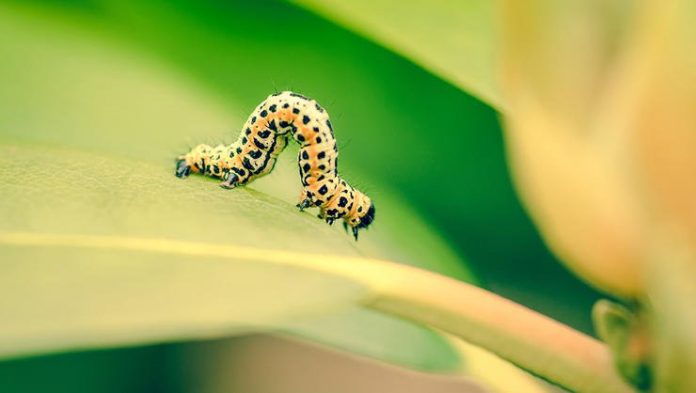
Garden Bugs: You must have encountered a wide variety of bugs while taking care of your garden. Some are obvious, while others are so little that the only way to detect their presence is by the harm they cause to the plants. Let’s discuss a few of the typical insects that are frequently seen on and around plants.
THE GOOD BUGS
Beneficial insects are the predators that consume the harmful ones for the plants. They can be found on any plant that is ready to attack and is typically loners. Several of them provide assistance in a variety of ways, such as soil conditioning or pollination.
1. Ladybug
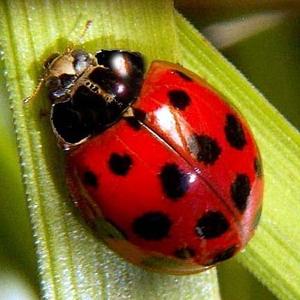
In addition to eating aphids, lady bugs also consume mealybugs, mites, leaf hoppers, and other soft-bodied pests that infest plants, acting as a natural pest management that kills the pests while being safe for the plants.
Also, Read- Best Digital Signage Software In 2023
2. Earthworms
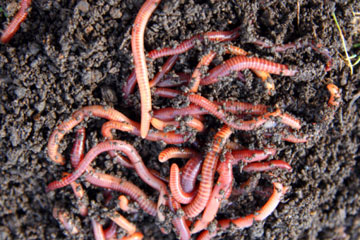
Earthworms aid in improving the soil’s water and air circulation. They consume the grass and leaves that are found in the soil as food. Their leftover castings function as useful fertilizer. They are a component of composting.
3. Praying mantis
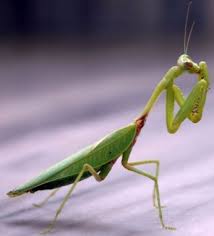
Praying mantises consume aphids, caterpillars, and leafhoppers, among other soft-bodied insects. They might consume grasshoppers, beetles, house flies, and even mosquitoes as they get older. That is a simple method of insect management.
4. Bees

For fertilization, many plants depend on cross-pollination. Pollen sticks to the hairy feet of bees as they fly to flowers to collect nectar, and as they move on to the next flower, pollen is carried to the stigma. As a result, this promotes pollination.
5. Dragon flies
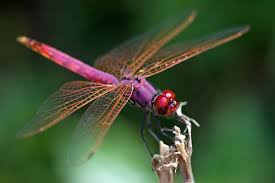
Dragonflies are powerful flying creatures that consume smaller, potentially harmful insects to both plants and people. They are advantageous since they are a natural pest management method.
THE BAD BUGS
The undesirable insects are seen in big groups that congregate and attack particular plants. They eat the vegetation, lay eggs, and quickly proliferate. The cycle continues until the plant or crop is completely destroyed. Some of them are very few and cannot be seen without a close inspection. But, the harm they cause is obvious because of the holes in the leaves or eaten-out leaves, the droppings on plants, the wilted foliage, or the harmed fruits or vegetables.
1. Aphids

Under the leaves, on the stem, and in the flower bud, aphids thrive. They proliferate quickly and in great numbers. They exude a gooey substance called honeydew, which can turn black as sooty fungi proliferate in it. The toxins they may produce could cause the leaves to curl and change shape.
2. Mealybugs
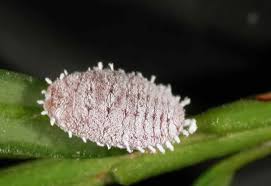
They consume plant juices, which weaken the plant, cause the leaves to turn yellow, and eventually cause the leaves to fall. Mealybugs also create sticky honeydew, which fungi can use as a colonization substrate.
3. Leaf Miners
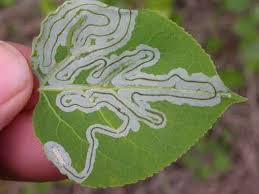
These are insect larvae, and they reside inside plant leaves and eat plant leaves. The blotches or linear markings they leave on the leaves can be used to identify them.
4. Caterpillars
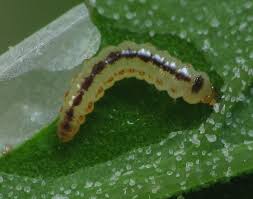
Butterflies and moths produce caterpillars as their larvae. Young leaves, branches, blossoms, and fruits are what they eat. They are heavy eaters, which means they could seriously harm the plant.
5. Whitefly
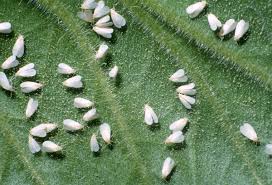
They steal plant juices, which stunt development, cause leaf deterioration, and reduce yield. They also produce honeydew, just like mealy bugs and aphids do.
Read More- 10 Best Pearl Facial Kits in India 2023


